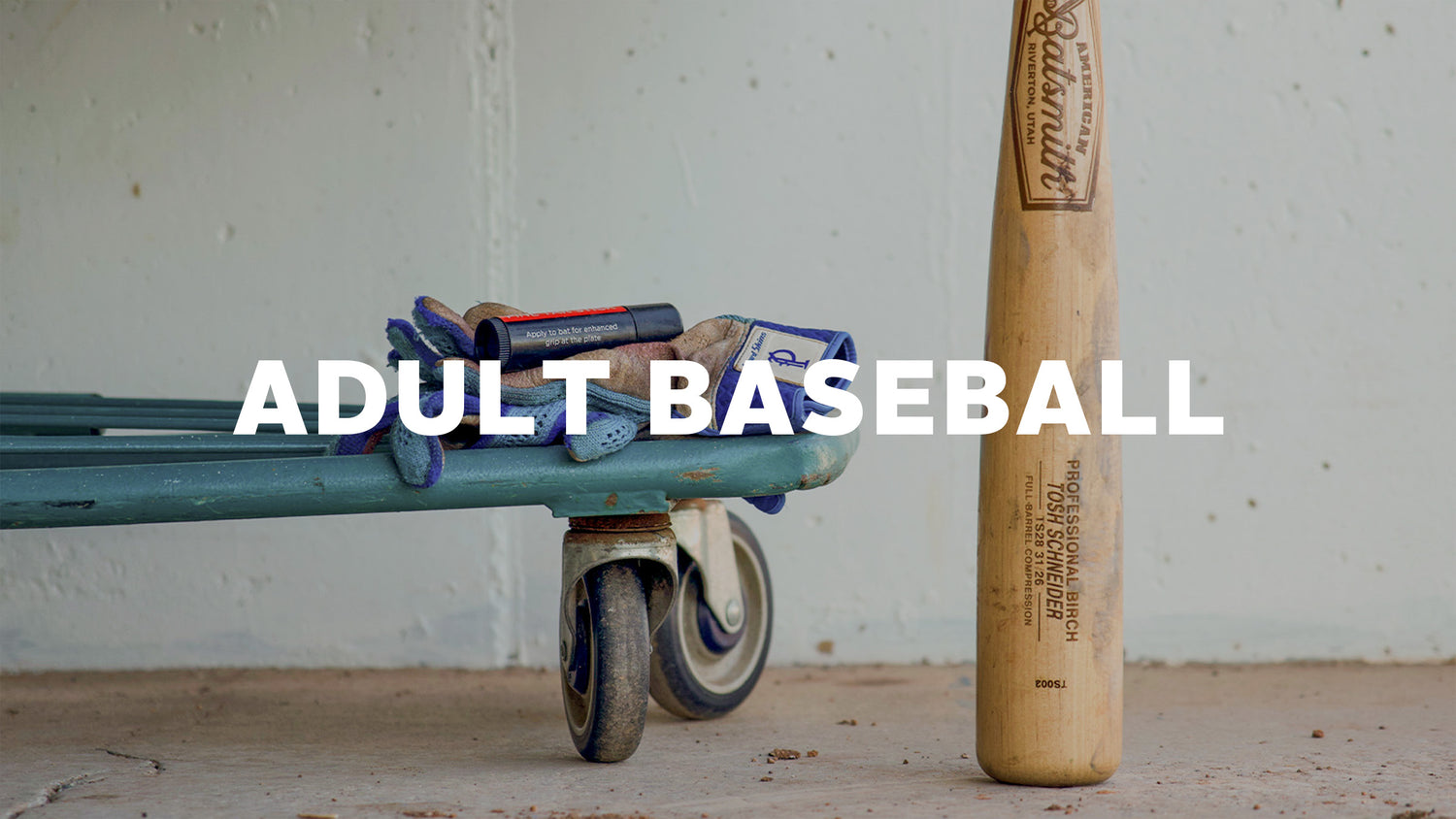Bat FAQs
Does it matter what side of the bat I hit with?
Yes. All wood bats are intended to be used with the label facing either up or down as the ball is struck. This ensures that the strongest part of the wood is making contact.
Do bats need lacquer or top coat?
Technically no, but most bats have a top coat for a very good reason. A top coat on wood seals in the moisture content, and that moisture content is critical to the strength of the wood. Raw bats in dry climates will lose moisture content and with it, strength. Raw bats in humid climates will gain moisture content which is fine for strength but will make the bat heavier. Top coat in the form of clear lacquer or matte black is a good thing.
What is the "Sealed Raw" finish?
Our "Sealed Raw" finish is a method that we have developed for sealing wood from moisture changes while maintaining the look and feel of a raw bat. It's the best option out there for those that like a raw bat.
What is the black dot on the handle of some bats?
This is the MLB approved method for testing the straightness of the wood grain. The ink makes the grain more visible so the straightness can be measured. The ink dot is not necessary on Ash bats because the grains are easily visible. All of our adult size and Youth Pro Build bats—in Maple or Birch—are ink dot tested and meet professional standards.
Why do some bats have a cupped end?
Cupping takes a little bit of weight, approximately .5oz, off the end of the bat to slightly shift the balance closer to the handle. It can also be used to make a final adjustment to ensure the bat meets the desired weight.
What is drop weight?
This is a comparison of the length (in) to the weight (oz). For example, a 33in drop 3 bat would weight 30oz. Most leagues from high school and up allow a drop weight of no more than -3oz. Younger kids need a lighter bat therefore our Youth Pro Builds come in -5oz and our youth standard barrel bats come in -6oz.
What wood species is the best?
That depends on what characteristics you’re looking for. If you want a loud invigorating crack, go with Maple. If you want the best possible durability and life span, Birch is what you want. If safety is your main concern with the possibility of bats breaking into multiple pieces and you love flex in your bat, then Ash is the way to go. The truth is they’re all great woods and you can’t go wrong with any of them.
Are your bats BBCOR certified?
The truth is, there is no BBCOR certification for one piece wood bats. Having said that, all of our bats—apart from trophy bats—are cut from professional A grade prime wood. But to be honest the wood is so good they should be BBCOR certified.
What is the Swing Weight Scale all about?

If you have seen our swing weight scale in the past, you will notice some major differences in this new one. To be brief, there are different methods of measuring or calculating the swing weight of a bat and every method yields different results. While our old scale was useful in its own way, we have decided to use an established method for calculating the swing weight of our bats from here on out. This is the same standard (ASTM F2398) that the BBCOR lab uses and is the most realistic method.
As every ball player knows, different bat models feel different when swung and as time goes on every player finds the model that feels the best to them. To help younger players find that perfect fit quicker, we have created a one of a kind scale that compares what we call the “swing weight” of all of our bat models. Swing weight is essentially the effort required by the hitter to move the bat through a full swing. The swing weight of a bat depends upon the length, shape, and weight.
Bats on the left side of the scale will be easier to get through the zone and give the hitter more control, while those on the right side are more end loaded for power but require more muscle. Our advice for anyone new to wood bats is to get your hands on different models—if possible—to get an idea of what feels good to you. If you don’t have any bats available to you then select something in the lower end of the scale to start with, you can’t really go wrong with a lighter swing weight bat but you certainly can with a heavier one.
What is the "extra compression" all about?
For well over 100 years players and bat manufacturers have been compressing the surface of bats with hard objects like bones, glass bottles, steel bars, etc. Compressing makes the surface of the wood smooth and less susceptible to denting. Wood bats still need to be hit with or "broken in" before they reach their peak performance. We have developed an "extra compression" process that essentially "breaks in" the barrel so the bat is at or very near it's peak performance from the first swing. All of our bats have and will always come with a single level of compression at no charge. Extra compression takes more time, so we have to charge a little for that.
What is the puck knob all about?
The puck knob has become more popular in the last year or so, but is not a new concept. In short, it's a way of shifting the center of mass a little closer to the hands which makes it a bit easier to swing. We often get asked "do I need to order a different length or weight than usual if I go with a puck knob?" No. We do not count the puck as part of the bat length, so if you order a 33" bat with a puck knob it will technically be 33.75" but the extra .75" is all in the puck. We do count the puck as part of the total bat weight, so the puck does not add any extra weight to the bat.
Subscribe to our emails
Be the first to know about new collections and exclusive offers.

